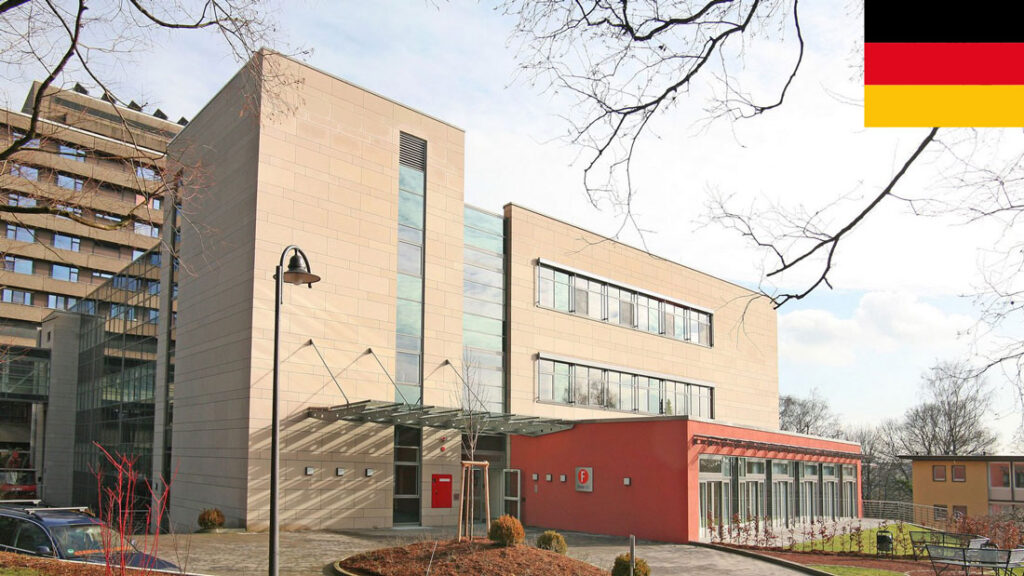Dr. Oluwatosin Smith Advocates Early Glaucoma Care at ASCRS 2025
At the prestigious American Society of Cataract and Refractive Surgery (ASCRS) 2025 conference, renowned ophthalmologist Dr. Oluwatosin Smith delivered a compelling keynote address on the critical importance of early glaucoma detection and intervention. With glaucoma being a leading cause of irreversible blindness worldwide, Dr. Smith’s insights shed light on innovative strategies to combat this silent thief of sight.
The Growing Burden of Glaucoma
Glaucoma affects over 80 million people globally, with projections suggesting this number could rise significantly by 2040. Often referred to as the “silent thief of sight,” glaucoma progresses without noticeable symptoms until irreversible vision loss occurs. Dr. Smith emphasized that early diagnosis and proactive management are key to preventing blindness.
Why Early Detection Matters
During his presentation, Dr. Smith highlighted several reasons why early glaucoma care is essential:
- Asymptomatic Progression: Most forms of glaucoma do not present symptoms until significant damage has occurred.
- Irreversible Vision Loss: Once optic nerve damage happens, it cannot be reversed, making early intervention crucial.
- Cost-Effective Management: Early treatment reduces long-term healthcare costs by preventing advanced disease complications.
Innovations in Glaucoma Screening
Dr. Smith discussed cutting-edge advancements in glaucoma screening that are transforming early detection:
1. AI-Powered Diagnostic Tools
Artificial intelligence is revolutionizing glaucoma screening by analyzing retinal images with unprecedented accuracy. AI algorithms can detect subtle changes in the optic nerve, often before human clinicians can spot them.
2. Telemedicine and Remote Monitoring
With the rise of telemedicine, patients in underserved areas can now access glaucoma screenings through remote consultations. Portable tonometers and optic nerve imaging devices allow for efficient at-home monitoring.
3. Genetic Testing for High-Risk Individuals
Advances in genetic research have identified several genes linked to glaucoma. Dr. Smith advocates for genetic screening in high-risk populations to enable preemptive care.
Dr. Smith’s Call to Action
In his closing remarks, Dr. Smith urged healthcare professionals, policymakers, and the public to take immediate steps toward better glaucoma care:
- Increase Public Awareness: Educate communities about the importance of regular eye exams, especially for those over 40 or with a family history of glaucoma.
- Expand Access to Screening: Advocate for policies that make glaucoma screenings more accessible, particularly in low-income regions.
- Invest in Research: Support ongoing studies into novel treatments, including neuroprotective therapies and minimally invasive surgical options.
The Future of Glaucoma Management
Dr. Smith concluded his talk with an optimistic outlook on the future of glaucoma care. Emerging treatments such as sustained-release drug implants and stem cell therapy hold promise for halting disease progression. He stressed that collaboration between researchers, clinicians, and patients will be essential in the fight against glaucoma.
Key Takeaways from Dr. Smith’s Presentation
- Glaucoma is a silent but preventable cause of blindness.
- Early detection through advanced screening technologies is critical.
- Public education and policy changes can improve access to care.
- Innovative treatments are on the horizon, offering hope for better outcomes.
Dr. Oluwatosin Smith’s advocacy at ASCRS 2025 serves as a powerful reminder that with early intervention and continued research, the burden of glaucoma can be significantly reduced. By prioritizing eye health today, we can safeguard vision for future generations.



